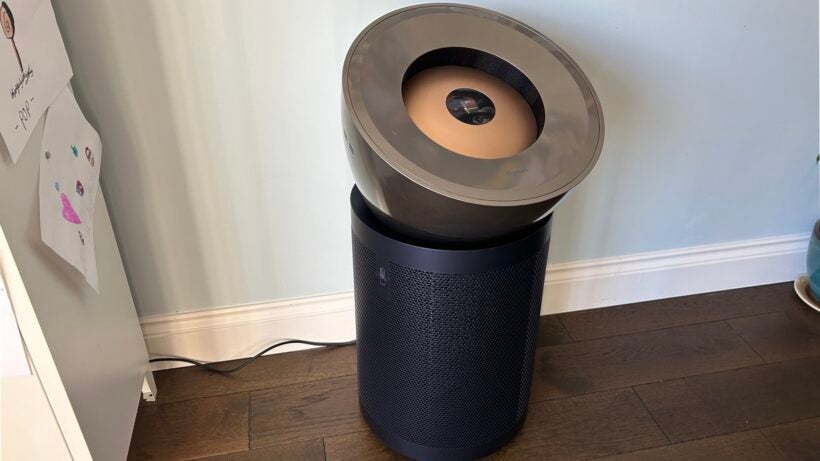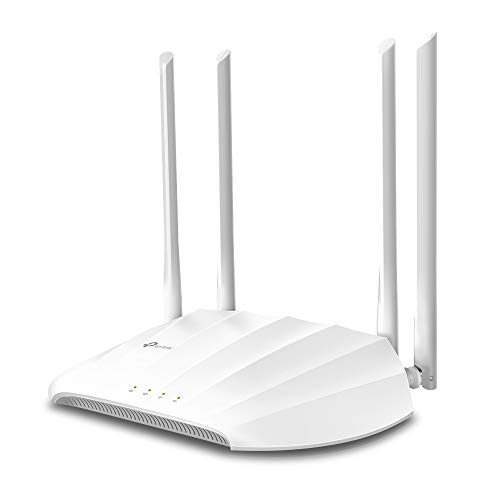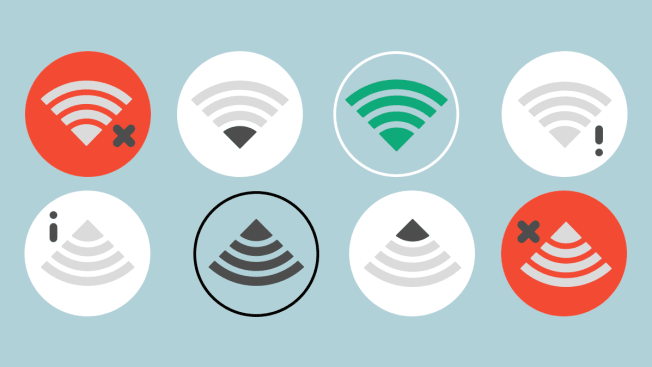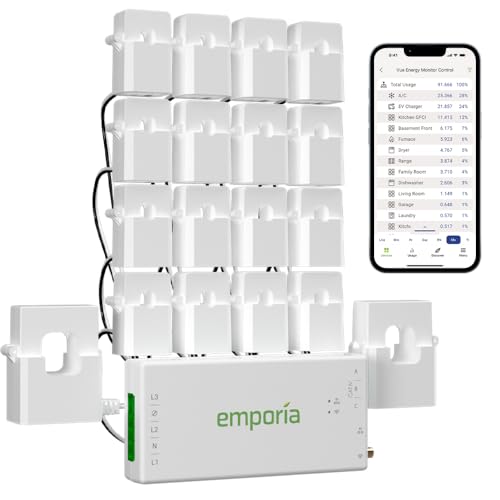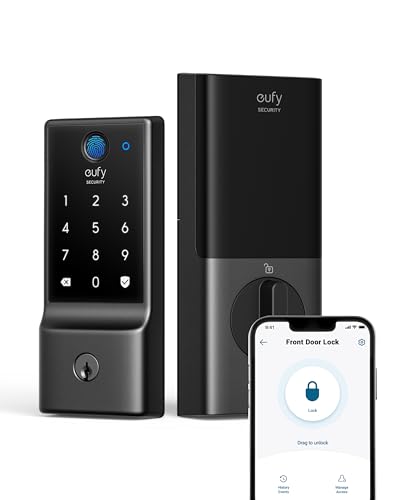Imagine never having to worry about your home’s safety or energy use again. With smart home automation alerts, you get instant updates that keep you in control, no matter where you are.
Whether it’s a door left open, unusual activity detected, or a sudden temperature change, these alerts give you peace of mind and save you time and money. Ready to discover how these simple notifications can transform your daily life? Keep reading to learn how smart home alerts put your home’s security and comfort right at your fingertips.

Credit: emizentech.com
Benefits Of Smart Home Alerts
Smart home alerts help you stay connected to your house all the time. They send messages about important changes or problems.
These alerts make your home safer and help you save money. They give you peace of mind by sharing real-time information.
Enhancing Home Security
Smart alerts warn you about unusual activities. They detect if doors or windows open unexpectedly. This helps stop break-ins early.
You can also get alerts for smoke, carbon monoxide, or water leaks. These warnings protect your family and property from harm.
- Detects forced entry or break-ins
- Alerts for fire and gas leaks
- Notifies about water leaks and floods
Real-time Notifications
Smart alerts send messages instantly to your phone or device. You get updates no matter where you are. This helps you act quickly.
Fast notifications allow you to check cameras or call for help right away. This keeps your home under control at all times.
- Instant alerts on phone or tablet
- Check live video feeds remotely
- Respond quickly to emergencies
Energy Efficiency Alerts
Smart alerts notify you about energy use. They can tell if lights or appliances stay on too long. This helps lower your bills.
You get tips to save energy and reduce waste. Alerts can remind you to adjust heating or cooling to save power.
- Alerts for lights or devices left on
- Helps monitor heating and cooling use
- Offers tips to reduce energy waste

Credit: dribbble.com
Types Of Smart Home Alerts
Smart home alerts keep you informed about important events in your house. They help protect your home and family. These alerts send notifications when something needs your attention.
Different alerts cover different kinds of risks. Understanding these types helps you choose the right system for your needs.
Intrusion And Motion Detection
Intrusion alerts warn you if someone tries to enter your home without permission. Motion detection alerts notify you when there is movement inside or near your house.
These alerts often use cameras, sensors, and alarms. They help stop break-ins early and give you time to act.
- Door and window sensors trigger alerts if opened
- Motion sensors detect movement in rooms or yards
- Security cameras send live video and alerts
- Alarms sound to scare off intruders
Fire And Smoke Alarms
Fire and smoke alerts warn you about fires early. Smoke detectors sense smoke particles in the air. Heat detectors sense sudden temperature rises.
These alerts give you time to leave the house safely. They can also notify emergency services automatically.
- Smoke alarms detect smoke and send alerts
- Heat alarms detect rapid temperature increases
- Some systems connect to fire departments
- Alerts can reach your phone or smart devices
Water Leak And Flood Warnings
Water leak alerts tell you about leaks before big damage happens. Sensors detect water in places like basements or under sinks.
Flood warnings alert you if water levels rise too much. These alerts help prevent costly repairs and keep your home dry.
- Leak sensors detect small water leaks early
- Flood sensors measure water levels in key areas
- Alerts notify you on your phone immediately
- Some systems can shut off water automatically
Environmental Monitoring
Environmental alerts track air quality, temperature, and humidity in your home. These help maintain a healthy living space.
They can warn you about carbon monoxide, gas leaks, or poor air quality. This keeps your family safe and comfortable.
- Carbon monoxide detectors alert to dangerous gas
- Gas leak sensors warn about natural gas or propane
- Air quality monitors track dust and allergens
- Temperature and humidity sensors help control comfort
Choosing The Right Alert System
Smart home automation alerts keep you aware of important events. Choosing the right system helps you stay safe and informed.
Not all alert systems work the same. You must find one that fits your devices and lifestyle.
Compatibility With Devices
Make sure the alert system works with your smart home devices. This includes lights, cameras, and sensors.
Check the brands and models supported by the alert system before buying. Some systems only work with specific devices.
- Supports major smart home brands
- Works with your existing devices
- Compatible with sensors and cameras
Customizable Alert Settings
Choose an alert system that lets you change settings. You can decide how and when to get alerts.
You might want to set alerts for different events. Custom options help you avoid too many notifications.
- Adjust alert sounds and types
- Set alert times and schedules
- Choose specific events to monitor
Integration With Mobile Apps
Mobile app integration lets you receive alerts on your phone. You can check and manage alerts anywhere.
Look for systems with easy-to-use apps. Good apps show clear alerts and let you control settings remotely.
- Receive real-time alerts on your phone
- Control alert settings from the app
- View live camera feeds if available

Credit: www.dreamstime.com
Setting Up Instant Notifications
Smart home automation alerts keep you informed about your home’s status. Instant notifications help you act quickly.
Setting up these alerts is easy and improves your home’s safety and convenience.
Connecting Sensors And Devices
First, connect sensors and devices to your smart home system. These include motion sensors, door sensors, and cameras.
Make sure each device is compatible and properly synced with your automation hub or app.
- Check device compatibility with your system
- Install sensors in key locations
- Connect devices through the app or hub
- Verify each device shows as online
Configuring Alert Triggers
Set rules to decide when alerts should be sent. Triggers include motion detection, door openings, or smoke alarms.
Customize alerts to fit your needs. Choose which events will send notifications instantly.
- Choose the device or sensor to monitor
- Select the type of event to trigger alerts
- Set alert times or conditions
- Decide notification methods like push or email
Testing Notification Delivery
Test alerts to confirm they arrive quickly and correctly. Use test modes in your app or trigger real sensors.
Check all devices and notification channels to ensure they work without delays.
- Trigger a test alert from each device
- Verify notifications on your phone or email
- Check the alert message content
- Fix issues if alerts do not appear or delay
Managing Alerts Effectively
Smart home automation sends alerts to keep your home safe. Managing these alerts well helps you act fast.
Good alert management stops confusion and makes your system more useful.
Prioritizing Alerts
Not all alerts need the same attention. Some alerts need quick action, others can wait.
Set your system to mark alerts by how urgent they are. This helps you focus on what matters most.
- Emergency alerts like fire or break-in get high priority
- Routine alerts like door open notifications get low priority
- Set alerts by time of day to reduce distractions
Avoiding False Alarms
False alarms waste your time and can cause stress. They happen when the system sends alerts by mistake.
Use smart sensors and adjust settings to lower false alarms. Test your system regularly to keep it accurate.
- Adjust motion sensor sensitivity
- Set alert delays to confirm real events
- Update software to improve detection
Responding To Emergencies
Fast response can protect your home during emergencies. Know what to do when an alert arrives.
Create a clear plan for each type of emergency. Share this plan with all household members.
- Check the alert details immediately
- Contact emergency services if needed
- Use smart devices to control home safety remotely
- Keep important phone numbers handy
Future Trends In Smart Home Alerts
Smart home alerts help keep homes safe and comfortable. New technology will make alerts smarter and easier to use.
These future trends will change how people get notifications from their smart homes. Alerts will be faster, more accurate, and more helpful.
Ai-powered Detection
AI can analyze data from sensors to find real problems. It learns to spot unusual activities and reduce false alarms.
Smart systems will use AI to detect fires, leaks, or break-ins more quickly. AI helps alerts become more reliable and precise.
- Detects emergencies faster
- Filters out false alerts
- Improves with more data
Voice-controlled Notifications
Voice assistants will read alerts aloud. Users can ask for more details or silence alerts with their voice.
This hands-free control will make it easier to respond to alerts. Voice commands will add convenience and safety.
- Alerts spoken through smart speakers
- Voice replies to confirm or dismiss alerts
- Works even when hands are busy
Enhanced Connectivity And Automation
Smart home devices will connect better and work together faster. Alerts will trigger automatic actions to protect the home.
For example, an alert about a leak can close a valve automatically. This reduces damage without waiting for the user.
- Faster communication between devices
- Automatic responses to alerts
- Better integration across brands
Frequently Asked Questions
What Are Smart Home Automation Alerts?
Smart home automation alerts notify users about events or changes in their home. They enhance security, convenience, and energy efficiency by sending instant updates to your phone or device.
How Do Smart Home Alerts Improve Home Security?
These alerts detect unusual activities like break-ins or smoke. They instantly notify homeowners, allowing quick responses and reducing potential damage or theft risks.
Can Smart Home Alerts Save Energy Costs?
Yes, alerts can notify you about energy use patterns. They help identify unnecessary power consumption and suggest adjustments, leading to lower utility bills.
Which Devices Support Smart Home Automation Alerts?
Common devices include smart thermostats, security cameras, smoke detectors, and door sensors. These gadgets connect to your home network and send real-time alerts.
Conclusion
Smart home automation alerts offer peace and convenience. They keep you informed instantly. Control your home with ease. Receive notifications about important events. This technology enhances safety and efficiency. It’s adaptable to your needs. Perfect for busy lifestyles. Stay connected to your home, always.
These alerts save time and effort. Enjoy a smarter living experience. Embrace the benefits today. Smart alerts, better living.
17 min read


